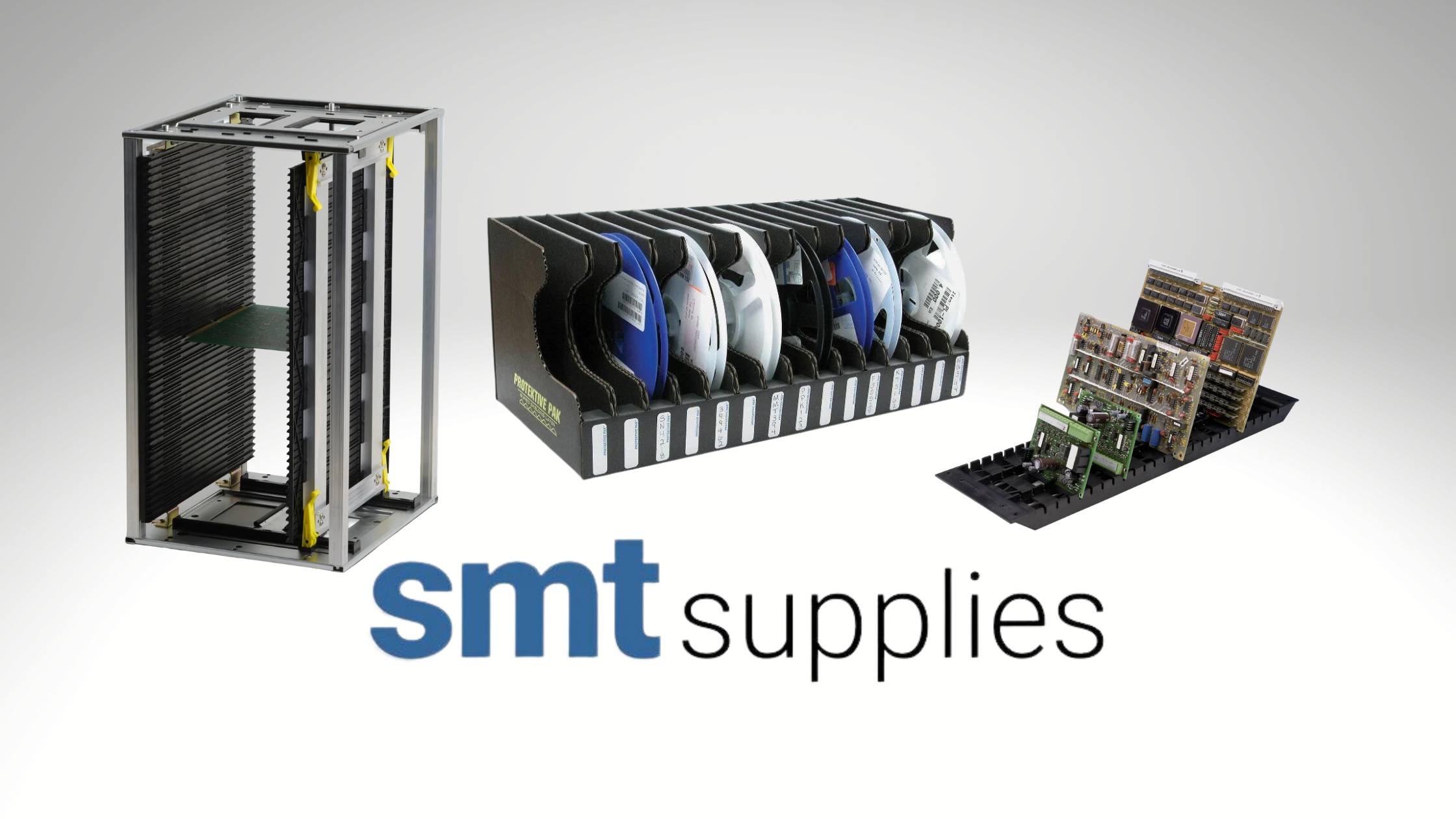
In today's interconnected world, electronics play an indispensable role in our lives. From smartphones and laptops to complex industrial machinery, these devices drive innovation and efficiency across industries. However, the rapid advancement in technology has brought about an equally critical concern – the vulnerability of sensitive electronic components to Electrostatic Discharge (ESD). To mitigate the risks posed by ESD, the electronics industry relies heavily on electrostatic discharge safe racks and trays. In this article, we delve into the importance of these essential tools and how they help ensure the integrity and reliability of electronic components.
Understanding Electrostatic Discharge (ESD)
Electrostatic Discharge is the sudden flow of electricity between two electrically charged objects. In the context of electronics, this discharge can occur when two objects with different electrical potentials come into contact or close proximity, leading to a transfer of static charge. While humans may not feel this discharge, the extremely high voltage involved can easily damage sensitive electronic components, rendering them inoperable or reducing their lifespan.
The Threat to Electronics
Electronic components, such as integrated circuits, microprocessors, and memory chips, are becoming increasingly intricate and sensitive. Modern components can be damaged by ESD events with voltages as low as 100 volts, whereas a human being might only feel discomfort when exposed to 3,000 volts or more. As a result, manufacturers, assemblers, and distributors of electronic devices must adopt stringent measures to prevent ESD-related issues.
Using PCB Racks and Trays
Printed Circuit Boards (PCBs) are the backbone of modern electronics, acting as the foundation for assembling and connecting various electronic components. Given their central role, it's crucial to handle, store, and transport PCBs with the utmost care to ensure their integrity and functionality. This is where PCB racks come into play. Let's delve into the reasons why using PCB racks is of paramount importance in the electronics manufacturing industry.
Prevention: The primary purpose of ESD racks and trays is to dissipate electrostatic charges. These tools are constructed from materials that have low electrical resistance, allowing static electricity to safely flow away from sensitive components, thus preventing the accumulation of charges that could potentially lead to damaging discharges.
Isolation: ESD-safe racks and trays provide a controlled environment that isolates electronic components from potential sources of electrostatic discharge. By placing components on ESD-safe surfaces, the risk of accidental contact with charged objects is significantly reduced.
Organization and Handling: Beyond protection, PCB racks and trays aid in the efficient organization and handling of electronic components. These tools are designed with compartments and dividers that not only keep components organized but also prevent physical contact between them, reducing the chances of ESD incidents during handling.
Transportation and Storage: ESD-safe racks and trays are essential for the safe transportation and storage of electronic components. Whether moving components within a manufacturing facility or shipping them across the globe, these tools shield components from ESD threats, ensuring they arrive in perfect condition.
Ensuring Compliance and Best Practices
The ANSI/ESD S20.20 standard ensures that ESD control items, including racks and trays, meet consistent industry standards for ESD protection. Adhering to these standards helps maintain the reliability and performance of electronic devices throughout their lifecycle.
To fully harness the benefits of using ESD racks and trays, companies in the electronics industry must adopt comprehensive ESD control programs. These programs involve a combination of practices, policies, and training to minimize ESD risks. Some essential steps include:
Proper Grounding: Ensure that all ESD racks and trays are properly grounded to prevent the buildup of static charges.
Employee Training: Train personnel to handle electronic components in an ESD-safe manner, including wearing appropriate clothing and using grounding wrist straps.
Regular Maintenance: Routinely inspect and maintain ESD racks and trays to ensure their conductivity and protective properties remain intact.
ESD Protected Areas: Establish designated ESD-protected areas in manufacturing facilities, where components are handled, assembled, and tested with appropriate ESD control measures in place.
In summary, as the electronics industry continues to evolve, the need for protecting sensitive electronic components from Electrostatic Discharge becomes paramount. ESD-safe racks and trays play a pivotal role in safeguarding the integrity and reliability of these components throughout their lifecycle. By adopting ESD control programs that meet the standards of ANSI/ESD S20.20 and utilizing these tools effectively, manufacturers can ensure that the electronic devices we rely on remain resilient and dependable in the face of potential ESD threats.
Read our article on "How to Choose the Right ESD Rack and Tray for Your PCB Components.
SMT Supplies are experts in ESD control and meeting ANSI/ESD S20.20 standards. We can guide you when making choices about ESD racks and trays in your production environment. See our product offering here.
To schedule a free ESD consultation, contact us.